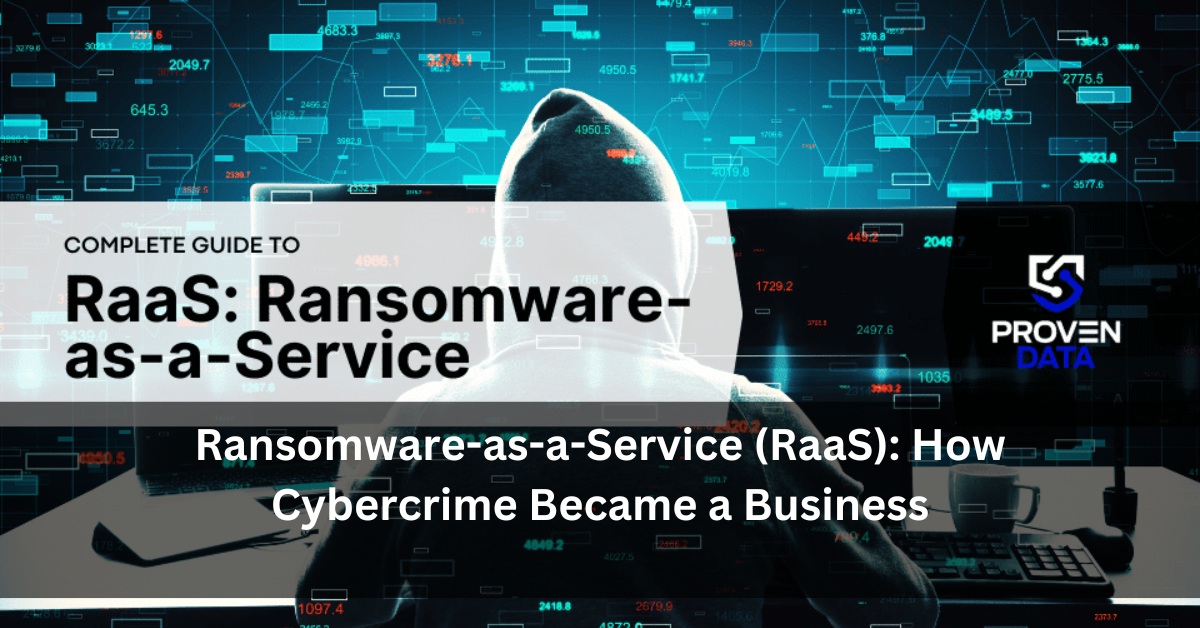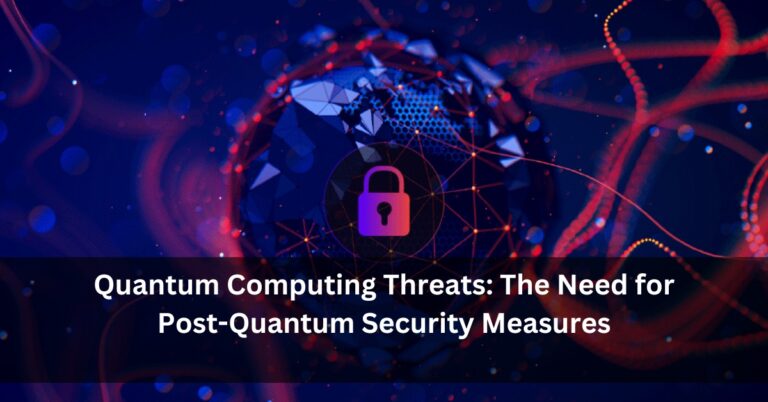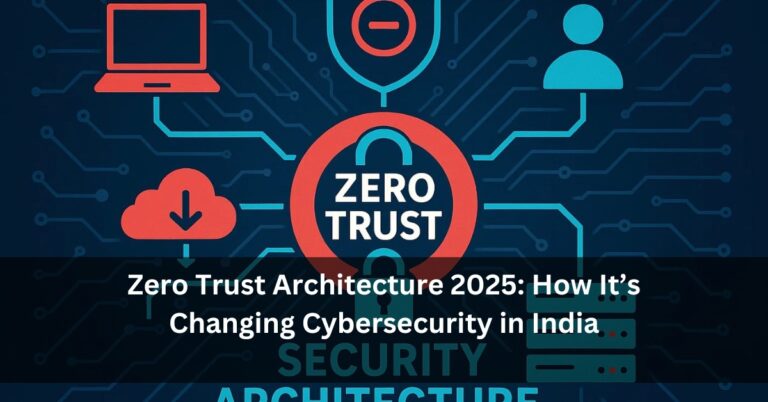Ransomware-as-a-Service (RaaS): How Cybercrime Became a Business
Cyberattacks are growing in India. From hospitals to banks, no one is safe. In 2024 alone, India faced over 1 million ransomware attacks. One reason for this sudden rise is a new model called Ransomware-as-a-Service (RaaS).
RaaS is a big reason why even small-time criminals are launching dangerous cyberattacks without needing to know any coding. This blog will explain how RaaS works, how it affects Indians, and how you can protect yourself and your business — all in simple words.
Stay updated on tech and cybersecurity with Bloggers Hub — your trusted tech news platform.
What is Ransomware-as-a-Service?
Ransomware-as-a-Service (RaaS) is like an online store for cybercriminals. Just like Netflix offers movies on demand, RaaS offers ransomware tools on rent.
Here’s how it works:
- A skilled hacker (called the developer) creates the ransomware software.
- This hacker gives or sells it to others (called affiliates).
- These affiliates use the software to attack people and demand money (ransom).
- When the victim pays, the affiliate gives a portion to the original developer.
Even someone with no technical knowledge can now launch a cyberattack just by paying a fee or sharing profit.
How Does a RaaS Attack Happen?
A RaaS attack usually follows these steps:
- Access: The attacker sends a fake email or uses leaked passwords to get inside a system.
- Infection: They launch the ransomware, which locks all important files.
- Demand: A message appears asking the victim to pay money (often in Bitcoin).
- Ransom Sharing: If the victim pays, the amount is divided between the affiliate and the ransomware creator.
These attacks are fast, dangerous, and very hard to stop once they start.
India is a Prime Target for RaaS Attacks
India’s fast digital growth has made it a soft target for cybercriminals. In 2024, more than 370 million malware attacks happened in the country, and over 1 million of them were ransomware attacks.
Top Sectors Attacked:
- Healthcare: 21.8%
- Hotels & Tourism: 19.6%
- Banking & Finance: 17.4%
Hospitals have lost patient records. Hotels have had guest information leaked. Banks have been locked out of their own systems.
These attacks are not just technical problems — they are real-life threats affecting people like us.
Famous RaaS Gangs You Should Know
1. LockBit
One of the biggest RaaS groups in the world. Their ransomware spreads quickly and is hard to stop.
2. Hive
Known for attacking hospitals and schools. It was finally shut down by international law agencies.
3. BlackCat (ALPHV)
Uses advanced coding that makes it hard to detect. It is known for stealing files and threatening to leak them if ransom isn’t paid.
How to Protect Yourself from RaaS
You don’t need to be a computer expert to stay safe. Just follow these steps:
- Use Strong Passwords – Don’t reuse passwords and always use a mix of letters, numbers, and symbols.
- Enable Two-Factor Authentication – Even if someone steals your password, they won’t get access easily.
- Update Your Devices – Always install updates for apps and systems. They fix security holes.
- Take Regular Backups – Keep copies of important files on a USB or hard drive.
- Be Careful with Emails – Don’t open attachments from unknown senders.
- Use Antivirus Software – A good antivirus can detect ransomware early.
What is the Government Doing?
India is not sitting quietly. The government has started several programs to fight cybercrime:
CERT-In (Computer Emergency Response Team India)
Gives warnings and advice when new cyber threats appear.
Cyber Swachhta Kendra
Helps users clean their devices using free tools.
But government efforts are not enough. Every user must also be alert.
Why RaaS is Dangerous for Everyone
Earlier, you needed hacking knowledge to launch a ransomware attack. Now, with RaaS, anyone with internet access and bad intentions can do it.
This is not just a company problem. Even individuals are being targeted — losing their private photos, college projects, bank info, and more.
With more Indians going online for work, shopping, and studies, the risk is only increasing.
Final Thoughts
Ransomware-as-a-Service has turned cybercrime into a full-time business. It’s growing fast, and India is in its crosshairs.
But by staying informed and taking simple steps, we can fight back.
Bookmark Bloggers Hub for more easy-to-understand tech news, cybersecurity tips, and digital safety updates. We’re here to help every Indian stay smart and safe online.
Frequently Asked Questions (FAQs)
Q1. What should I do if I get a ransomware message?
Don’t pay the ransom. Disconnect from the internet and contact a cybersecurity expert.
Q2. Can I report a ransomware attack in India?
Yes, you can report it at https://cybercrime.gov.in or visit your nearest cyber cell.
Q3. Are antivirus apps enough to protect me?
They help, but also keep your software updated and avoid clicking unknown links.
Q4. Can my phone get ransomware too?
Yes. Android phones are especially at risk if you install apps from unknown sources.
Stay safe. Stay smart. Stay connected with Bloggers Hub.







